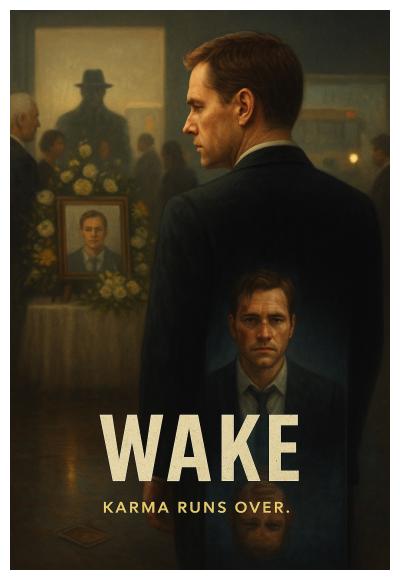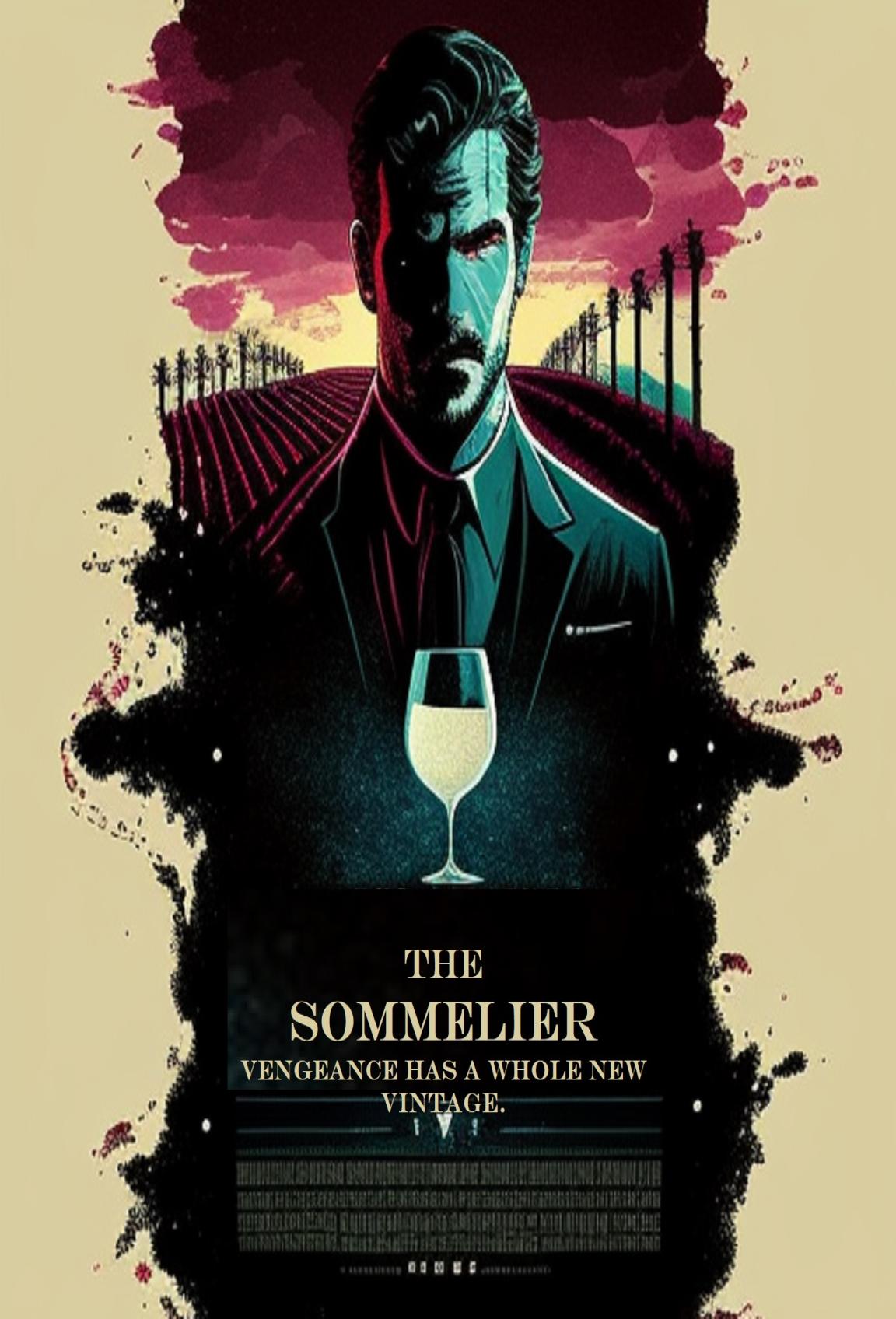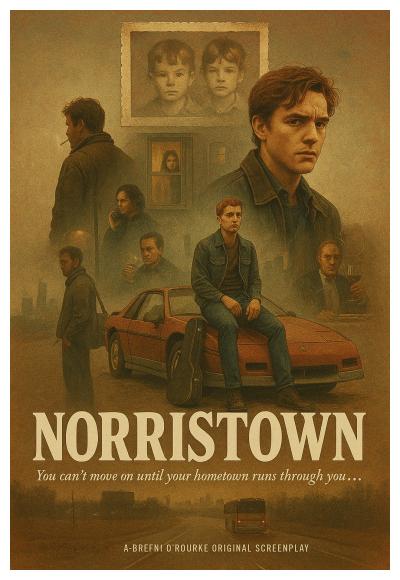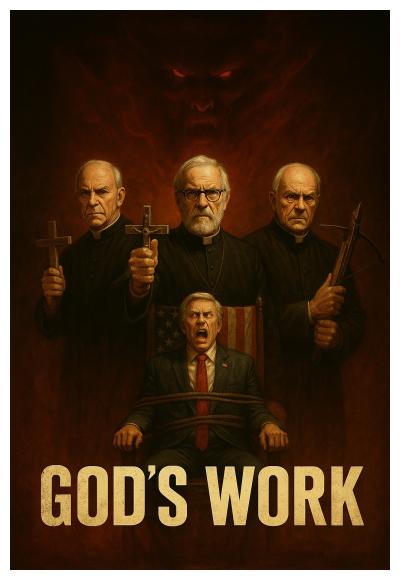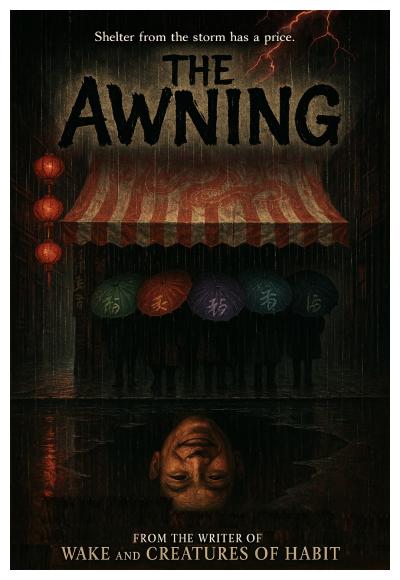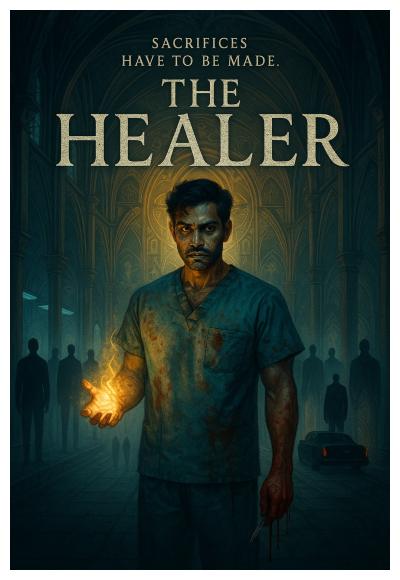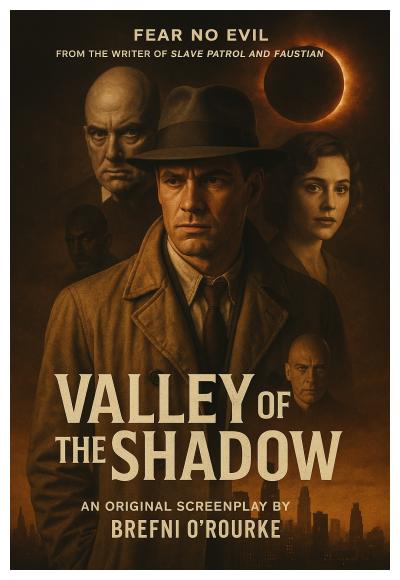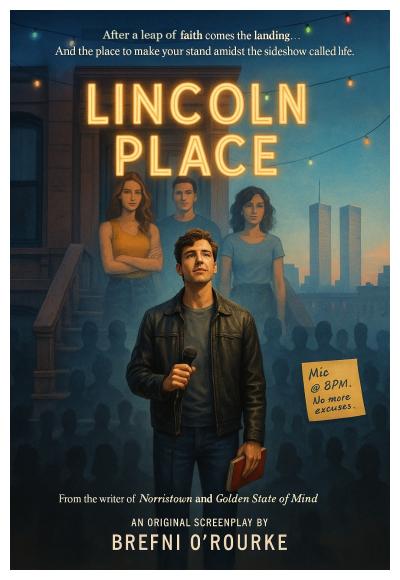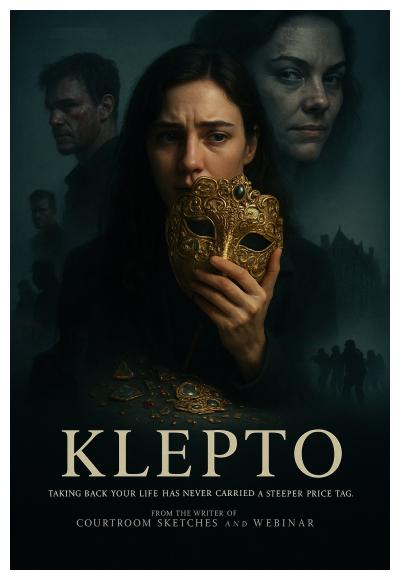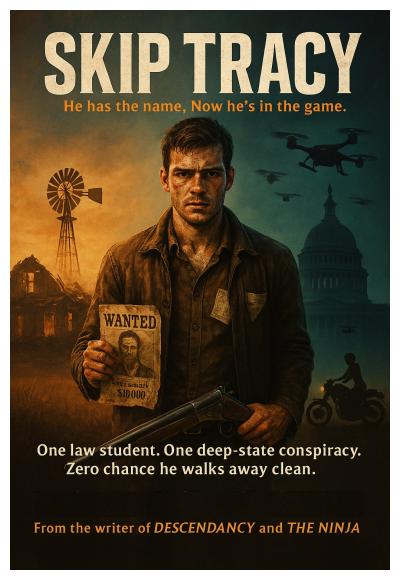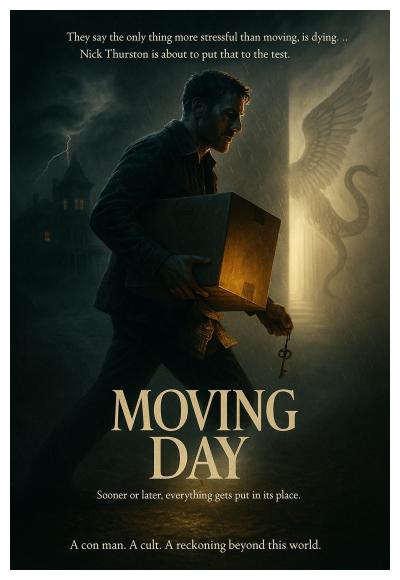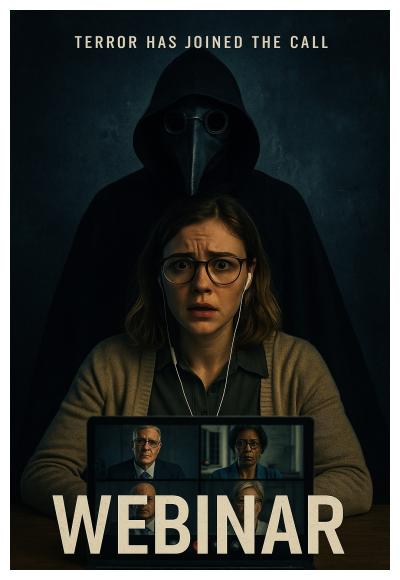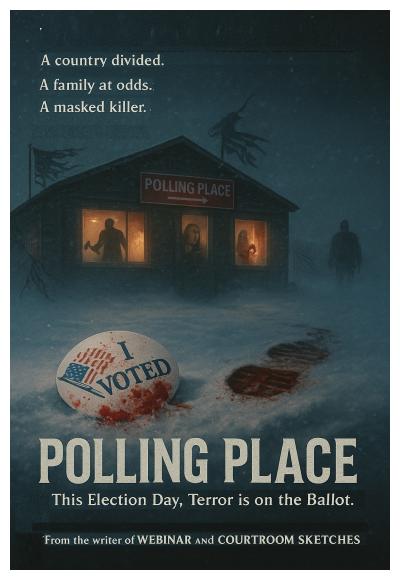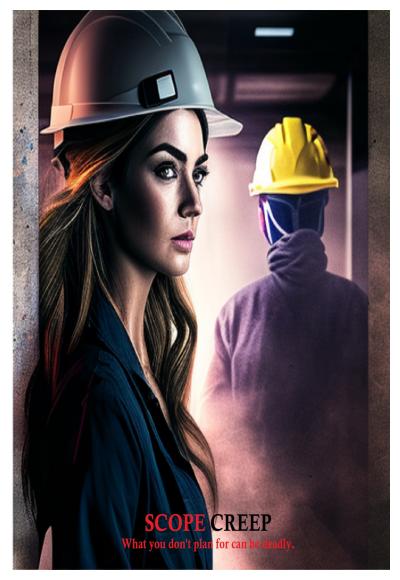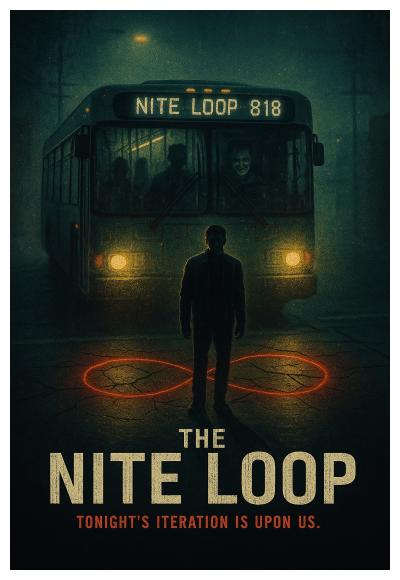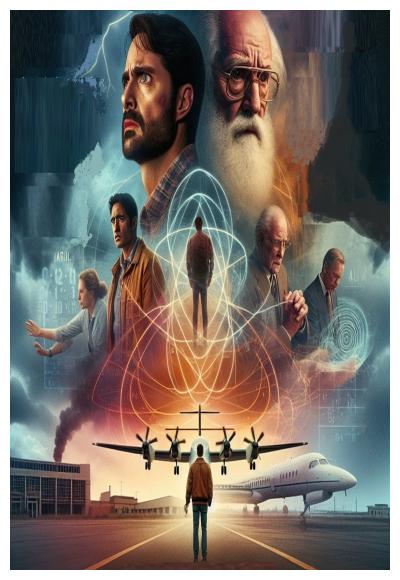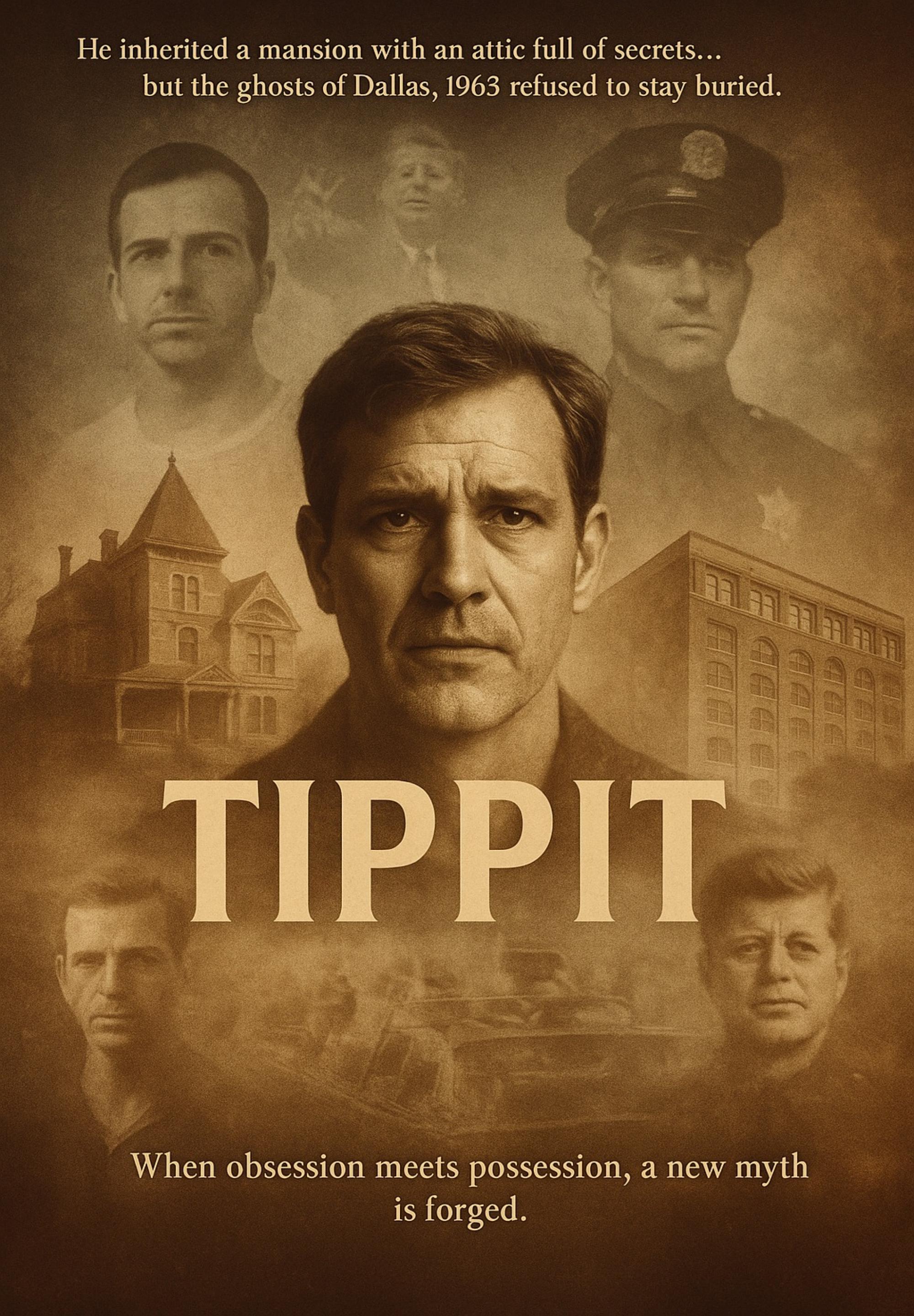
Synopsis/Details
When Oswald "Oz" Tippet, a disillusioned JFK assassination buff and struggling writer, inherits his eccentric grandfather’s crumbling Dallas estate, he expects little more than overdue bills, yellowed newspapers, and memories of a family fractured by obsession. But beneath the dust and decay, he discovers a hidden manuscript — a cryptic document written in his grandfather’s hand, claiming to expose a forgotten figure at the heart of the conspiracy: Officer J.D. Tippit.
Long dismissed as a footnote to history, Tippit — the Dallas cop gunned down forty-five minutes after Kennedy’s assassination — becomes the unlikely key to a deeper narrative Oz never imagined. The manuscript offers unsettling details: Tippit’s secret surveillance assignments, strange sightings the day of the shooting, and hints at doubles, code names, and unnatural forces shaping events. As Oz digs further, aided reluctantly by his skeptical sister Kylie and best friend Josh, he begins to experience strange temporal disturbances — flickers of another life, phantom memories not his own.
Meanwhile, a mysterious man named Lovelady arrives at the estate under the guise of settling legal affairs. Suave, eerily polite, and flanked by silent “associates,” he reveals a disturbing familiarity with Oz’s family history. His visit ignites a chain of increasingly violent and surreal events, pulling Oz, Kylie, and a young boy named Lee into the eye of a storm decades in the making.
The deeper Oz investigates, the more the lines blur between history and myth. A hidden room in the attic reveals ritual markings, strange artifacts tied to the Kennedy case — Tippit’s badge, Oswald’s watch, even a lens from Zapruder’s camera — each serving as a totem in what appears to be an arcane effort to control time itself. Oz realizes he isn’t just researching the past; he’s a part of it. And someone — or something — is determined to make sure the official story remains untouched.
Haunted by dreams that place him in the body of Tippit on the morning of November 22, 1963, Oz begins slipping through the cracks in time. He sees the world through Tippit’s eyes — his morning routine, his cryptic notes, his rising unease as the city holds its breath. But these aren’t passive visions. They’re interactive, immersive. And someone is watching.
As the mansion becomes a pressure cooker of converging timelines, ideological zealots, and family secrets, Oz must decide whether to preserve the narrative the world has accepted or risk everything to alter it. Alongside Kylie, Josh, and Becky — a trauma nurse and possible love interest — Oz races against unseen forces to protect the next generation, symbolized by young Lee, from inheriting the lies of the last.
The story builds with mounting paranoia as strangers become operatives, identities fracture, and history begins to fold in on itself. Lovelady’s influence grows more malevolent, revealing ties to a shadowy network tasked with pruning “deviations” from history’s timeline. He claims to be a steward of order. Oz sees him as a sadistic editor, deleting inconvenient truths and replacing them with obedient myths.
As timelines converge, Oz is forced to confront who his grandfather really was — not the reclusive eccentric he remembers, but a man bound by guilt, perhaps complicit in something far more damning than silence. The manuscript, it seems, is both a confession and a warning — a final attempt to rewrite fate through his grandson’s eyes.
Set against the backdrop of Dallas’s haunted geography — from the Sixth Floor Museum to the Gloco gas station, the Texas Theatre, and Tippit’s Oak Cliff patrol route — the film weaves a surreal and suspenseful tapestry of guilt, identity, and the burden of generational legacy. It asks not who fired the shots, but who benefited when the truth fell silent.
Darkly atmospheric, with echoes of "Zodiac", "JFK", and "Lonestar", by way of "Jacob's Ladder", the script blends political thriller, psychological horror, and speculative sci-fi into a narrative about inheritance: of trauma, of memory, and of truth. It challenges the notion of fixed history, suggesting that events aren’t just remembered — they’re curated, by those with the will and the power to do so.
In the end, Tippit is not a whodunit, but a what-are-you-willing-to-believe. It’s a film about the quiet moments history ignores — the wrong turns, the suppressed doubts, the unnamed sacrifices — and the people who refuse to forget.
TIPPIT
With a turn of the page, obsession becomes possession, and myth is rewritten in real time.
Story & Logistics
Story Type:
Hero's Journey
Story Situation:
The enigma
Story Conclusion:
Ambiguous
Linear Structure:
Linear
Moral Affections:
Bad Man, Good Man, Guilt
Cast Size:
Many
Locations:
Several
Special Effects:
Bullet time, Minor pyrotechnics, Other in-camera effects, Other practical effects, Significant cgi
Characters
Lead Role Ages:
Female Adult, Female Middle Aged, Female Teenager, Female over 45, Male Adult, Male Middle Aged, Male Teenager, Male over 45, Male under 13
Hero Type:
Ordinary, Unfortunate
Villian Type:
Authority Figure
Advanced
Subgenre:
Action Suspense-Thriller, Chase, Conspiracy, Escape, Suspense-Thriller
Action Elements:
Hand to Hand Combat, Physical Stunts, Pyrotechnics
Time Period:
Alternative future, Contemporary times, The Sixties (1960–1969), Time travel
Country:
United States of America (USA)
Time of Year:
Autumn/Fall, Halloween

